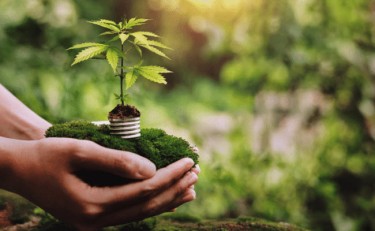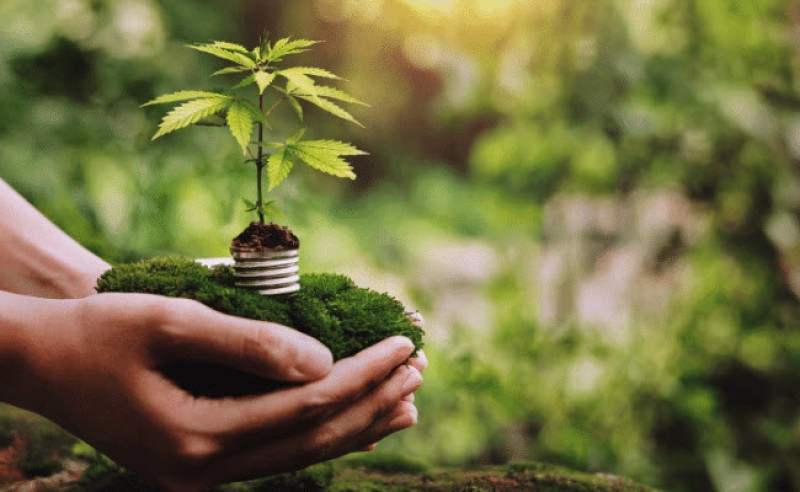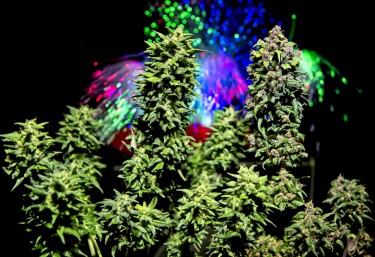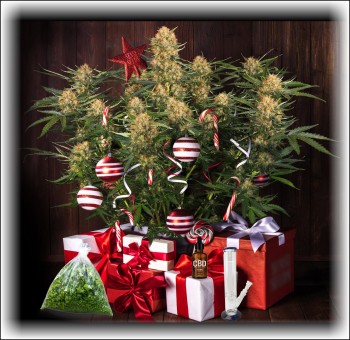
The Perfect Guide to Growing Autoflowers
Cannabis varieties known as "autoflowers" have seen explosive growth in the market in recent years. Because of their high yields and ease of cultivation, they have recently become quite popular in the cannabis industry. Autoflowering strains are popular because they mature fast, with some allowing for a harvest in just 7 weeks. From novice to seasoned growers, anyone may grow these strains.
What Are Autoflowering Seeds?
The ancestors of autoflowering cannabis seeds can be traced back to a Russian discovery of a wild hemp variety called "ruderalis" in the 1940s. In other words, autoflowers don't need human involvement to bloom. They are different from the normal strains of cannabis. These plants bloom at about 3–4 weeks of age regardless of the sunlight cycles and can be harvested in only a few months. Amazingly, bulk autoflowering seeds are available in more than 200 varieties.
Steps for Growing Autoflowering Plants
Because they grow rapidly and begin blooming regardless of your willingness, autoflowering plants need some planning ahead of time. If you stick to the guidelines below, you should have great results with your autoflowering garden:
The first week is the period of germination.
This first phase often happens within 72 hours, while it might happen as quickly as 24 hours. Select a commercial potting soil mix or create your own by combining seaweed, compost, dampened perlite, and wet vermiculture with nitrogen-rich tablets providing other vital elements and a healthy dosage of beneficial fungus.
The second week is for the late seedling development.
Your seedling is now using its light source to produce its own energy. Indoor growers should switch to LED lighting as it uses less power and produces less heat. Just one light is required for a huge plant to grow in an indoor autoflower setup.
The third and fourth week is for the vegetation.
The plant you're growing is now in its vegetative phase. This implies that you need to give your whole attention to creating the ideal environment. Feed twice weekly and reduce moisture to 50% and temperature to 68 degrees.
The fifth and sixth week is for blooming.
In week 5, you'll start to see the first buds emerge, and they'll be sticky and resinous, a foretaste of the abundance to come. Humidity should remain at 45 percent, and the temperature should be raised to roughly 71 degrees. Supplements should be added twice weekly, and the water intake should be increased to a liter per day. You're in the final stages if you've been nurturing your autoflowering plants until the sixth week.
The seventh week is for check-ins.
Avoid extremes of heat and cold while setting your plants outdoors. Make sure they have enough dampness if they are indoors. Aim for something around 40 percent.
The eighth and ninth week is for flushing and defoliating.
In the eighth week, you should begin the flushing procedure. This includes stopping the use of fertilizer and other plant supplements. In the ninth week, it's time to perform a little pruning now. Remove the little leaves from the fan's base using a pair of shears.
It's harvest time from the tenth week to the twelfth week.
When the pistils are a brownish red color, and the majority of the trichomes are white, harvest time has arrived. It is usual for the fan leaves to appear rusty or otherwise discolored after flushing your plants.
The Importance of Plant Training
The best time to wrap up training is when the plant is still in the vegetative phase. This phase lasts for a few weeks for cars, so you'll need to move quickly. Your autoflowering plants do not need the same level of care as photoperiod plants; therefore, you should avoid topping, pinching, and other common pruning techniques. To maximize the number of blooms produced by autoflowers, LST (low-stress training) is the sole approach. During LST, the plants are gently bent and tied down to ensure that all bud sites get equal light. To prevent damaging your autoflowers, you should begin low-stress training as soon as possible.
Storing and Curing Autoflowering Plants
Autoflowering plants follow the same protocols for drying, curing, and storage as regular cannabis plants. Hanging your buds upside down for many days will allow them to dry. Keep them sealed, but leave some headspace in each jar. You should start by cracking the jars open daily for the starting months. After the first week, you only need to open the jars every two to three days. The secret is maintaining a humidity level of around 62% inside the jar. Your flower will be ready after 2 weeks at the very least, and about 2 months if you're really patient.
It is not a reason for concern if your plant's growth looks to be lagging behind or leading that of other plants. Different plants may need different amounts of time to reach maturity.
Frequently Asked Questions About Growing Autoflowering Seeds
When is the best time to plant my autoflower seeds outside?
Since cannabis is sensitive to cold, the summer is ideal for growing. While regular marijuana requires a specific light cycle, autoflowering seeds just need lengthy, sunny days.
When stored properly, how long do autoflowering seeds typically last?
There is a one- to two-year shelf life for autoflowering seeds kept in a cold, dry environment. If your seeds get damp, they will rot and not grow no matter how long you store them in the fridge, but otherwise they will keep for years.
In what size of the pot should I grow autoflowers?
Find a big pot (42L) that has holes on the bottom for draining. Plants cannot be moved to a bigger pot after they have outgrown the one they were started in.
Which type of soil is best to grow autoflowers?
Choose soil that drains well and is somewhat acidic. To ensure your plant grows all summer, use pot soil with a pH between 5.5 and 6.5.
How frequently do I need to water my autoflowers?
You should water autoflowering plants once daily, at the most. Avoid watering them on days when the soil is moist.
Do autoflowers grow slowly outside?
Growing them outside might take longer than indoors. However, plants grown outside grow fast if given enough sunlight and moisture.







